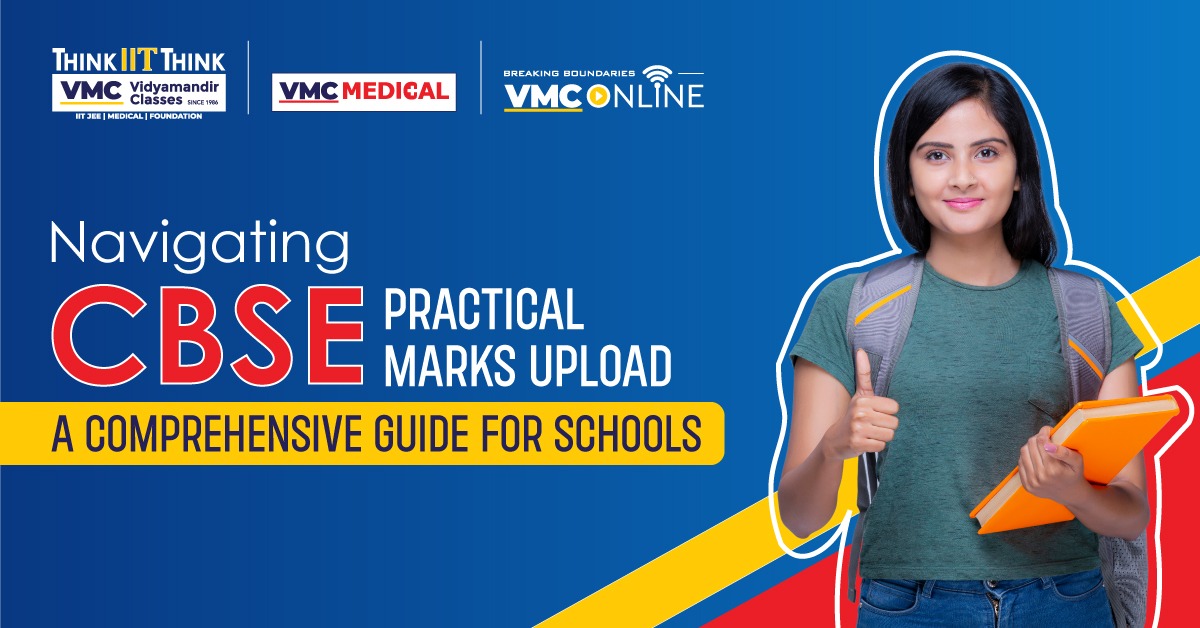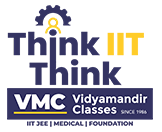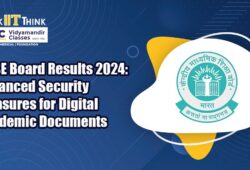Navigating CBSE Practical Marks Upload: A Comprehensive Guide for Schools
 Posted On
Posted On
92 total views, 1 views today
The Central Board of Secondary Education (CBSE) has recently released a set of comprehensive guidelines for schools, stressing the critical importance of accurately uploading practical examination marks on its portal. Recognizing the occasional oversight by schools in this crucial responsibility, the board aims to eliminate errors that could potentially affect students’ results. This blog will delve into the key aspects of these guidelines, shedding light on the precautions schools must take during the practical examination marking process.
Importance of Accuracy in Practical Marks Upload:
The CBSE has highlighted the significance of ensuring accuracy in publishing students’ results on the board’s portal, emphasizing that schools must exercise diligence to avoid complications for students in the future. The practical exams for CBSE Class 10 and 12 were conducted from January 1 to February 15, 2024, setting the stage for the meticulous process of marking and uploading.
Continuous Reminders to Schools:
The board acknowledged the occasional oversight by schools and the resulting mistakes in the past. In response to this, the CBSE has been consistently reminding schools about their responsibility to upload correct marks on the portal. This proactive approach seeks to prevent errors and ensure a smooth and error-free result declaration process.
Guidelines for Principals and Examiners:
To streamline the practical marking process, the CBSE has outlined specific precautions that principals, internal examiners, and external examiners must follow. These guidelines include a thorough understanding of the board’s circulars and instructions, verification of mark details and bifurcation from the curriculum document, and careful consideration of the maximum marks allotted for each subject.
Steps to Ensure Accuracy:
- Preparation: Before starting the practical examination process, internal and external examiners are advised to familiarize themselves with the CBSE’s circulars and instructions.
- Verification: Examiners must meticulously verify mark details and the breakdown of marks according to the curriculum document, ensuring alignment with the guidelines provided by the CBSE.
- Conduction of Practicals: Practical exams should be conducted diligently, with marks awarded based on the specified activities outlined in the practical/project/internal assessment guidelines.
- Cross-Verification: Prior to uploading marks on the CBSE portal, the principal must cross-verify with both internal and external examiners to confirm the accuracy of marks against the subject’s maximum allotted marks.
- Final Upload and Verification: Correct marks should be uploaded onto the server, and a printout should be taken. A final check should be conducted before the ultimate submission of marks on the portal.
- Documentation: The award list, signed by both internal and external examiners, along with the principal, should be maintained for record-keeping purposes.
Legal Implications:
The CBSE has highlighted a recent case in which the Delhi High Court rejected a petitioner’s plea to rectify mistakenly uploaded marks on the server. This emphasizes the irreversible nature of the marks once they are uploaded, underscoring the need for extreme caution during the entire process.
Closing Thoughts:
As the Class 12 board exams are scheduled from February 15 to April 2, 2024, and the Class 10 board exams from February 15 to March 13, the CBSE’s guidelines serve as a crucial roadmap for schools. Adhering to these precautions not only ensures the accurate representation of students’ abilities but also prevents legal complications arising from errors in the practical marks upload process. Schools must approach this responsibility with the utmost care, recognizing its pivotal role in shaping the academic futures of students. The CBSE’s proactive measures and comprehensive guidelines aim to create a transparent and error-free evaluation system, ultimately benefiting the entire education ecosystem.




